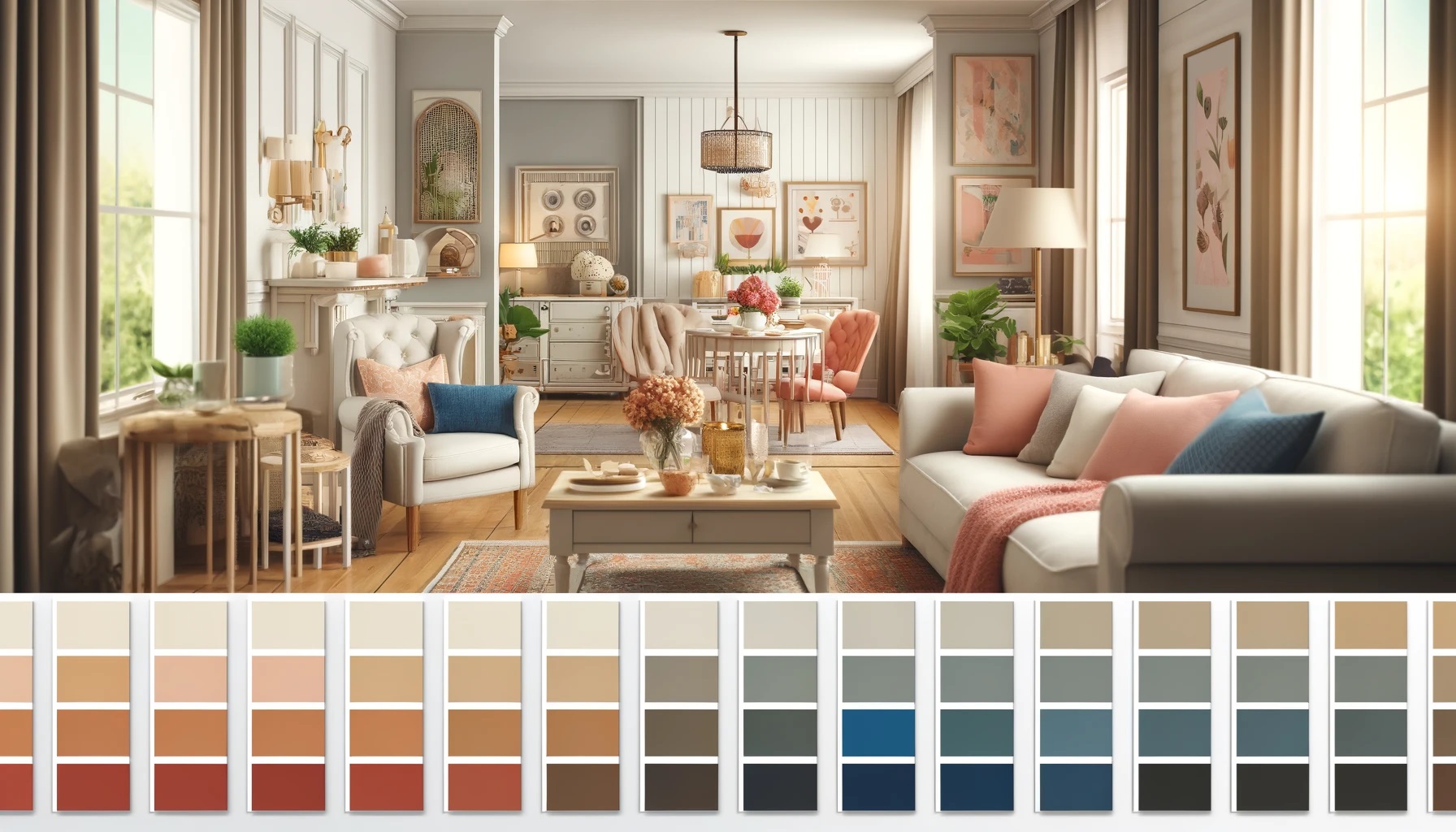How to Choose the Perfect Color Palette for Your Home
Selecting the right color palette for your home is not just about following trends; it's about creating a space that reflects your personality and suits your lifestyle. Colors can influence your mood, affect how big or small a space feels, and harmonize the aesthetics of your home. Whether you're painting a new house or planning a refresh, here’s a comprehensive guide to choosing the perfect color palette for your home.
Understand Color Psychology
Before diving into specific colors, it’s important to understand the psychology behind them. Colors can evoke different emotions and have various effects on people. For example:
- Blues are calming and serene, ideal for bedrooms and bathrooms.
- Yellows are energizing and uplifting, great for kitchens and dining areas.
- Greens are restful and healing, perfect for living rooms and studies.
- Reds are dynamic and passionate, often used to stimulate appetite in dining rooms.
Consider the Natural Light
The amount of natural light a room receives can significantly impact how a color looks. Light colors tend to make a room look larger and airier, while dark colors can make it feel smaller but cozier. Assess the natural light in each room and choose lighter shades for dark rooms and deeper colors for well-lit spaces.
Create a Color Flow
To create a cohesive look throughout your home, it’s crucial to think about the flow from room to room. Choose a color scheme that complements the whole house and allows each room to transition smoothly into the next. This doesn’t mean every room should be the same color, but the colors should harmonize.
Use the 60-30-10 Rule
A popular method among interior designers is the 60-30-10 rule, which helps create a balanced color palette:
- 60% of the room should be the dominant color (walls, large accent pieces).
- 30% should be the secondary color (upholstery, curtains).
- 10% should be the accent color (decorative accessories, pillows).
This rule ensures that colors are balanced and that there is just enough variety to keep each room interesting.
Draw Inspiration from a Key Piece
Start with a piece of artwork, a rug, or a piece of furniture that you love, and use it to inspire your color choices. These items can serve as a perfect starting point for your color palette, ensuring that the colors you choose will harmonize naturally with the pieces you already own.
Test Your Colors
Before fully committing to a color, it’s important to test it out. Purchase sample pots of paint and apply them to different walls in the room to see how they look at various times of the day and under different lighting conditions. This step can prevent potential dissatisfaction caused by colors behaving differently than expected.
Consider the Finish
The finish of the paint can affect the color’s appearance. Glossy finishes reflect more light and tend to make colors look darker, while matte finishes absorb light and can make colors appear lighter. Choose a finish that complements your lifestyle and the amount of traffic in each room.
Conclusion
Choosing the perfect color palette for your home involves understanding the basics of color psychology, considering the lighting, maintaining a cohesive flow, and using strategic color ratios. By following these guidelines, you can create a space that feels harmonious and tailored to your style. Remember, the best color choices are the ones that make you feel at home.
This blog post provides a thorough exploration of selecting a home color palette, ideal for anyone looking to enhance their living space thoughtfully and beautifully.


